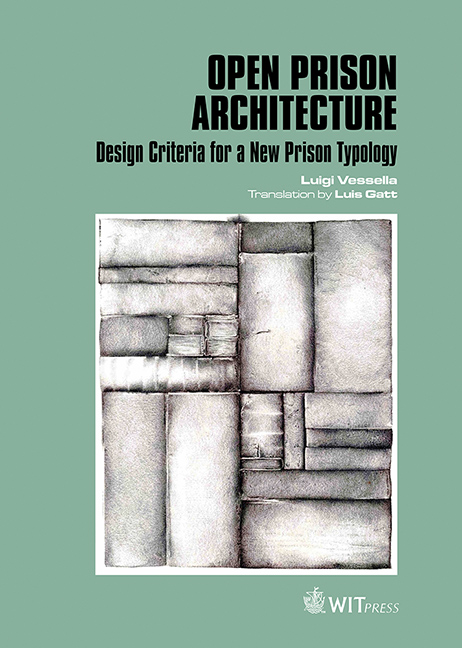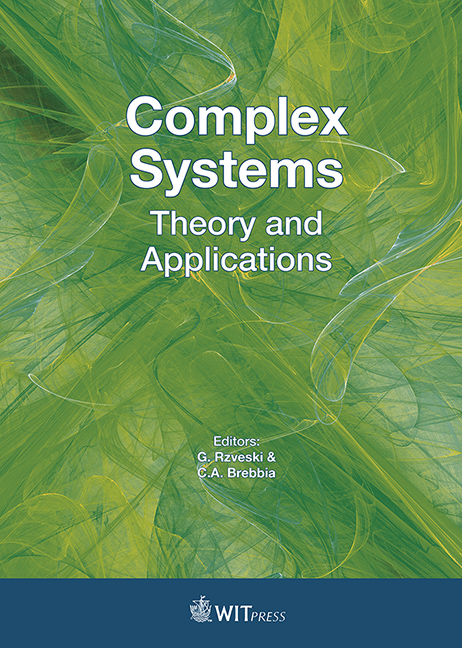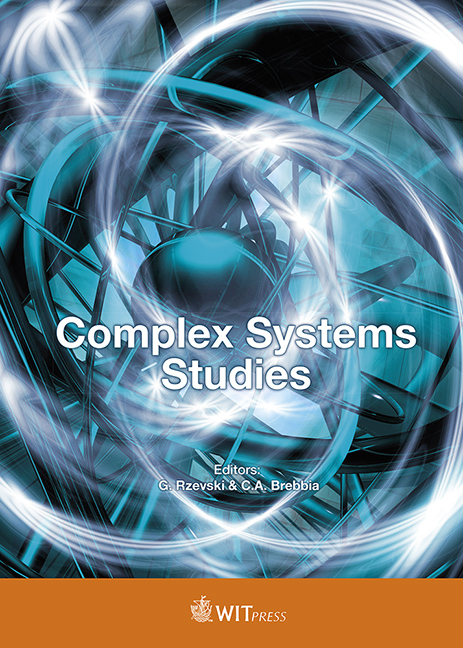Open Prison Architecture
Design Criteria for a New Prison Typology
Authors: Luigi Vessella, University of Florence, Italy
Price
£115.00 (free shipping)
ISBN
978-1-78466-247-9
eISBN
978-1-78466-248-6
Pages
256
Published
2017
Format
Hardback
As a part of the debate on penitentiary architecture, this book proposes a critical interpretation of the conceptual elements and design approaches involved. This proposal, more than others, “mend” the relationship, between theoretical conception and actual building practice of the prison. The interpretation is developed from the idea that the architectural project when it materialises in a built structure, is always the material expression of an abstract idea and of a specific vision of the world which manifests itself through the architectural consistency of the building and of the built spaces.
For a long time the subject of penitentiary architecture had been neglected by contemporary architectural culture, permitting the design of prisons to be the result of a combination of ob¬solete practices, security regulations and the wish to reduce construction costs, in detriment of the quality of the interior space and of the efficiency of the penitentiary treatment. Thus the conception of the building focused on severe incarceration, and the refusal to accept the possibility of a more open prison remained mostly unvaried through time. Today, the subject of de¬tention has once again caught the public eye, and that the problems related to it have become untenable. The need has become evident for a more efficient penitentiary system capable of producing positive changes in the detainees. It is thus necessary to re-think the architecture of detention in terms of the quality of space and of the respect of the dignity of the individuals, through new modes of detention, and especially through a knowledgeable design that is the expression of a renewed cultural stance that strengthens the re-educational value of the prison sentence, no longer considering it exclusively as the temporal suspension of certain rights. The objectives expressed through new theoretical developments, represent an ambitious and progressive project aimed at eradicating conservative and backward ideas regarding the role of prison architecture, and propose a new disciplinary conception of the architectural project, open to the academic and professional world in the attempt to solve and make effective the relationship between architectural design, building practices and manage¬ment of the penitentiary structure.
The text presented here focuses on the creation of organisational-functional tools for open-regime minimum security structures and on the identification of architectural solutions in which the residential and domestic features of the structures prevail over the typological and distributive layouts typical of traditional penitentiary buildings. The analysis aims at identifying the main essential principles for an efficient design, such as the location, size, spatial organisation, typology of housing space, and last but not less important, the rationalisation of the internal flows. The key elements identified are summarised into a series of general design criteria aimed at establishing an efficient relationship between the functional model and the typological structure, as well as between the building and the surrounding urban fabric.









